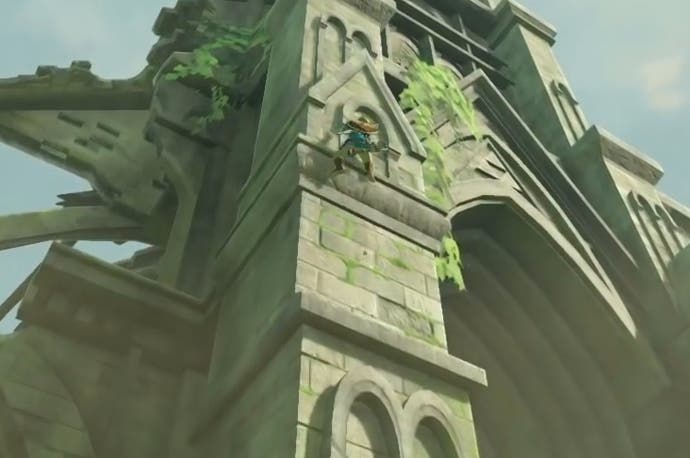Breath of the Wild and telling stories through archaeology
Narrative arch.
Archaeology doesn't get a very good treatment in popular media, and games are no different. The public image of archaeologists is dominated by pulp fantasy heroes, swinging and scrambling their way through trap-infested ancient ruins, one hand clutching a priceless treasure, the other punching a Nazi in the face. Of course, pulp heroics make for much more entertaining movies and games than Indiana Jones and the Afternoon of Context Sheets or Newly-Qualified Archaeology Student Lara Croft Spends Four Years Trying to Get a Stable Job. Even archaeologists grasp this, for all our protestations. Like lapsed Catholics who can't quite give up their patron saint, many of the archaeologists I've known would admit to Indiana Jones being a bit of a guilty role model. While writing this piece I tried to find a photo of my hard hat from my days as a field archaeologist, a promotional sticker from Indiana Jones and the Kingdom of the Crystal Skull emblazoned across the back, but sadly, all record of this sartorial triumph seems lost.

However, something's changed in video games in the last few years, something that I think does introduce a more authentic representation of archaeology into gaming. Games like Dark Souls and its stablemates have spearheaded a new kind of storytelling, one that eschews cutscenes and linear plot for a more ambient, interpretative experience where players are left to piece together a narrative from the environments and the objects they contain. Crucially, this is generally player-driven: it's there if people want to dive into it, but it's not usually essential if players just want to follow the main plot of the game, and there's no explicit correct interpretation. Fans can swap theories and build internally consistent backstories, but it's rare that either the games themselves or their creators will come out and say which are right and which wrong.
This kind of storytelling is democratising: it invites the player to share in the narrative process and become a researcher-cum-author themselves; it gives them agency rather than making them passive consumers of a pre-packaged narrative. It extends the game out from the time of actual play to the moments when we turn over the clues in our heads, wondering at the purpose of certain objects, or the act of swapping ideas in internet forums.
All this hasn't come out of nowhere, of course. We've been doing the same thing with bits of text for a long time now. It's a cliché that in an RPG you can pick up and read books, notes and audio diaries filled with reams of background lore, a technique that removes the burden of backstory and world-building from the main narrative and makes it something players can dip into as they please.
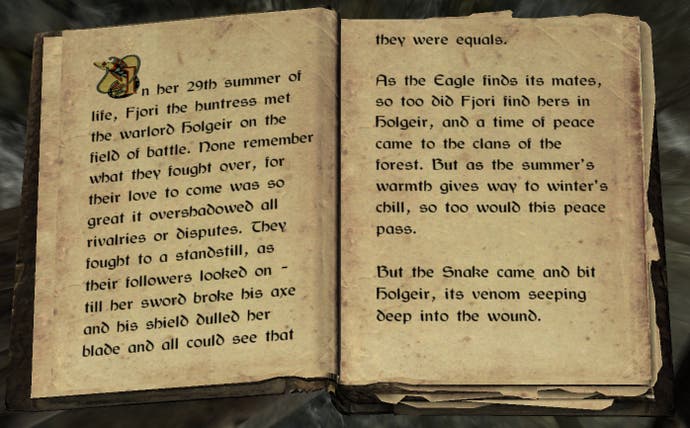
But there are a couple of problems with text. I'd never claim that reading is a passive experience, but textual narratives are often more prescriptive and less open to interpretation. More to the point, they represent interruptions to the main flow of the game. Who wants to stop playing their action game to read a wall of text, especially when, to be blunt, a lot of the writing in games isn't very good? That's not to say it can never be done in a compelling or memorable way - the textual interludes are the main thing I remember about Lost Odyssey, even after the actual game has faded from memory - but all too often, journals and lore documents merely shunt player attention away from the interactive exploratory spaces that games excel at.
The Souls games' and Bloodborne's narrative item descriptions are still text, of course, but they're fundamentally part of the central systems of the game rather than divorced from it. The narrative lives in the material items that you spend so much time exploring and experimenting with. To extract any sense from them, the player needs to think about them in relation to each other and to the actual world they're exploring. Storytelling is grafted onto the fundamentals of play: learning and deciphering the world and how its parts fit together. When you're exploring a Souls game and you unlock a new shortcut or uncover a new link between obscure, discrete areas, that's a little revelation. You reinterpret the game world and can 'read' it just that little bit better. The storytelling doesn't just work in the same way: it's the same thing.
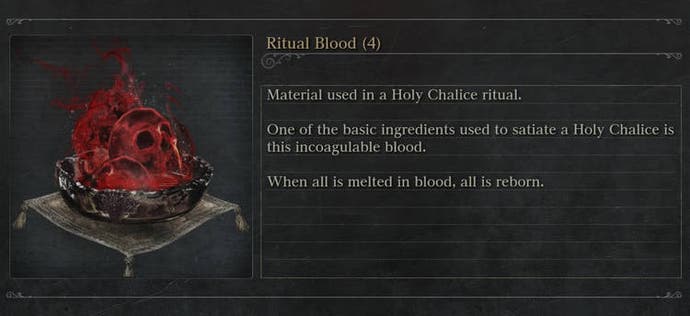
We might be able to dismiss this as part of the obtuse, obscurantist genius of Miyazaki's games, except that there are clear signs that this method of telling stories is catching on. The Legend of Zelda: Breath of the Wild offers a masterclass in storytelling through environment. The story of Hyrule's history is written into its landscape, there for anyone to read and reconstruct if they want. The mechanic of finding Link's missing memories prods players in this direction, but delve deeper and you'll find there's so much more to it.
Even before the game had shipped, fans on Reddit and YouTube had spotted that the ruins around the Temple of Time match up remarkably well with Ocarina of Time's Castle Town and Hyrule Castle. Of course, the Great Plateau is in the west of the map, not the north where those were. Other developers would just have shrugged their shoulders at this - never mind, no-one expects things to match up exactly between iterations. But look at the giant walls around the Plateau, the strange clouds around its base:
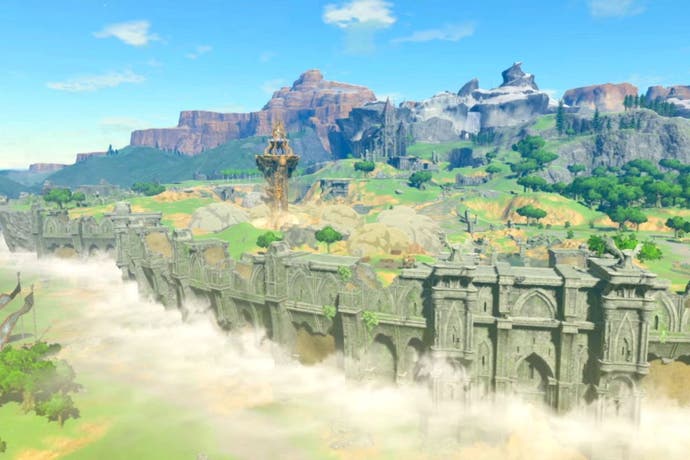
And look where Castle Town 'ought' to be - a similarly-sized, similarly-shaped, cloud-filled basin, where the Lost Woods have now grown up:
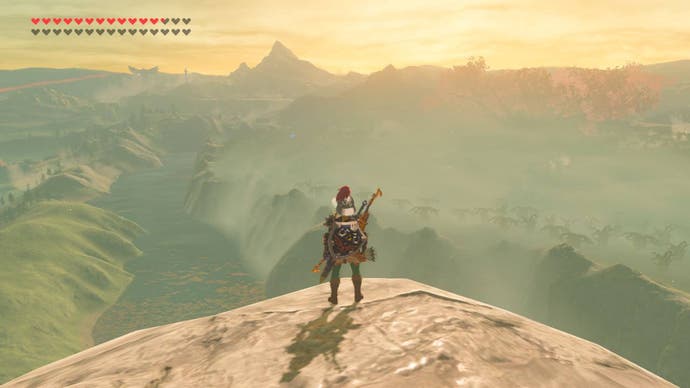
The game never says that Castle Town was magically lifted up and shifted to another part of Hyrule, or that the settlement subsequently shifted to the centre of the map where its most recent ruins lie, but read the landscape and that's one hypothesis which presents itself. Another example from my own experience. Early in the game, I was trying to find the Zoras. I knew they'd probably be in the east, near Kakariko Village, so I followed a river there. Sure enough, I found the grand waterfall that was obviously the entrance to Zora's Domain.
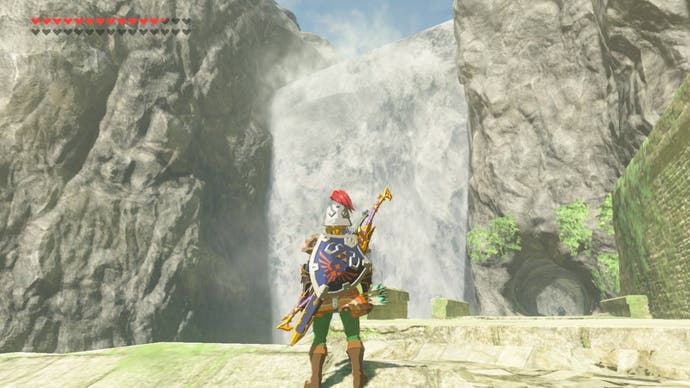

It had been built up a bit since the time of Ocarina, but that made sense, and there was that little opening right where I expected it next to the cascade. Except, all there was behind that waterfall was a small cave and a shrine. This was the wrong river, it turns out. The Zoras where elsewhere. Now fair enough, I got lost, but by then I also had a story in my head - this had once been Zora's River, but over the millennia the watercourses had shifted and with them the settlements. The Zoras were now on the faster-flowing river to the north. It doesn't matter whether this theory's 'right' or 'wrong' - the environment was created in such a way as to suggest connections and prompt these kinds of interpretations.
These processes, of examining items and their relationships to the world they're found in, of reading the landscape for clues as to changes in settlement pattern and land use, are the stock-in-trade of the archaeologist. I'm a town boy, born and raised in the outskirts of Manchester, but around a decade ago I spent a year working as a field archaeologist in southern England. One of the most eye-opening things about that time was the way experienced archaeologists who knew the land could read the history in the earthworks and field patterns. Just as a player might find a shrine by studying Zelda's wonderful map for features that look suspiciously artificial, archaeologists can discover sites from the way old roads bend, or field boundaries, or the patterns of parching in a sun-dried field. As in Dark Souls, entire histories can be unfurled from the comparison of two odd artefacts found lying around.
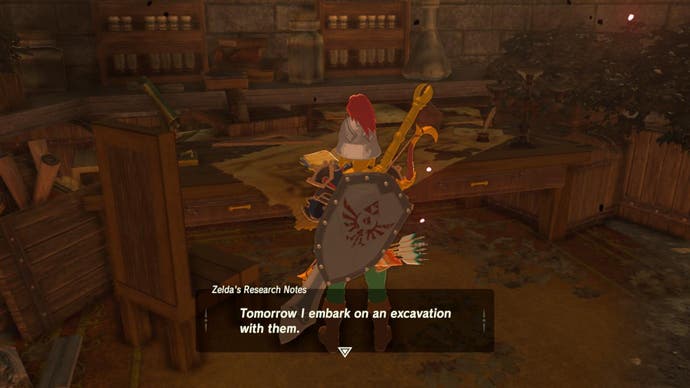
Did the makers of these games set out to make them "archaeological"? No, almost certainly not, although we can note that excavations, archaeology and research into past civilisations feature far more prominently in Breath of the Wild than in any other Zelda - even the princess herself is an archaeologist this time round. But in trying to tell stories that play to the strengths of the medium, that recognise that fundamentally games simulate landscapes populated with objects, and that tales can be told through all this simulated materiality, the developers have crafted experiences which resonate in many ways with how archaeologists approach the world.
